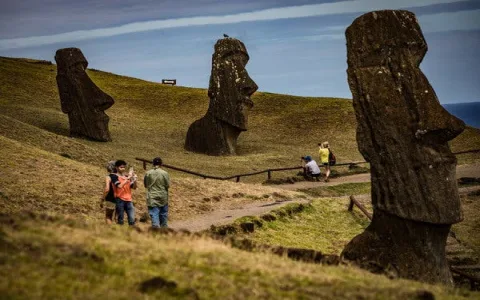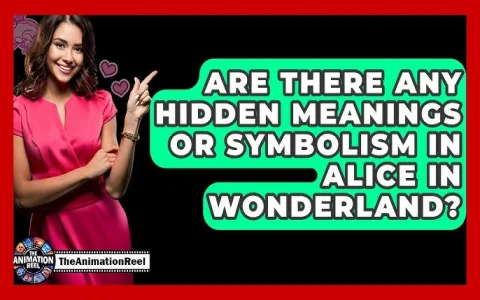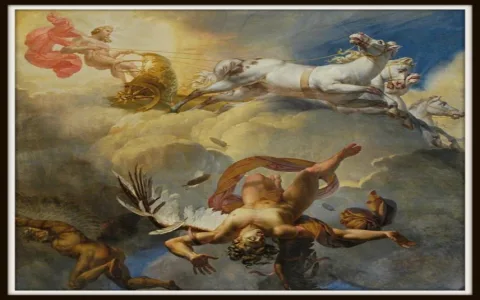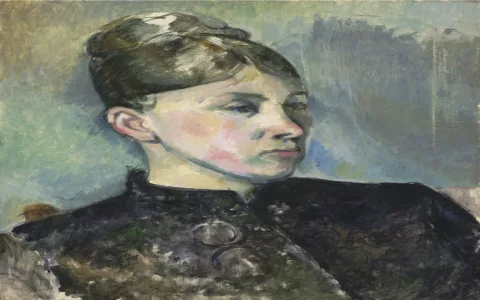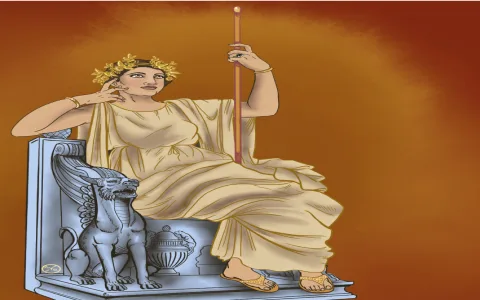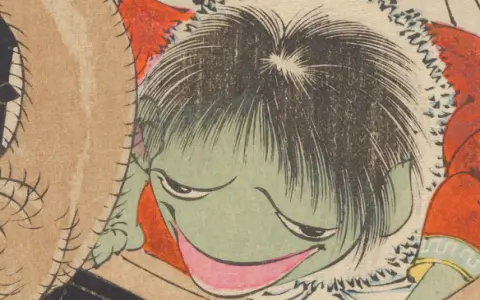So yesterday I was scrolling through some mythology videos, right? Saw a bunch of flashy clips about Ragnarok – you know, fire, ice, gods fighting giants, the world ending. Looked super dramatic. Figured it’d be cool to actually understand what the hype was all about, beyond just the explosions. Decided to dig deeper, make some notes for myself, and hey, why not share the messy process?
Jumping Headfirst into the Weirdness
First thing I did? Grabbed my laptop and just typed “Norse Ragnarok” into the search bar. Yeah, super sophisticated start. Instantly got hit with a tsunami of names. Odin, Thor, Loki – okay, kinda knew those. But then… Fenrir? Jörmungandr? Surtr? Who the heck were these guys? Felt like walking into a party where everyone knows each other except me. Started scribbling names on a notepad like my life depended on it.
Found this one ancient poem thing, the Prose Edda by some guy Snorri. Opened it. Whoa. Old language is rough, man. Kept mixing up who was fighting who and why everyone hated Loki so much. Seriously, that dude caused more family drama than my cousin Brenda at Christmas. Pushed through a few pages, my eyes kinda glazing over. Needed simpler stuff.
Untangling the End of Everything
Took a deep breath and decided to break it down piece by piece. Like, what actually happens?
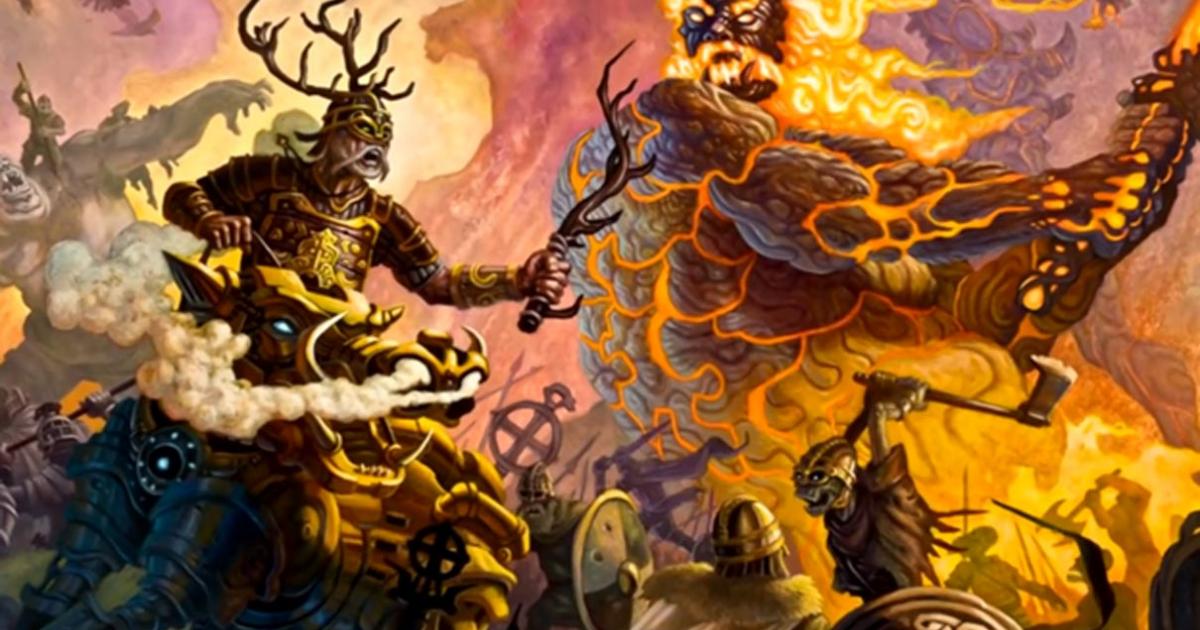
- The Setup is basically a huge family feud gone nuclear. Loki, after being chained up for causing Baldur’s death (long story, involved mistletoe… seriously?), escapes. His monster kids break loose too: the giant wolf Fenrir, the world-serpent Jörmungandr chilling in the ocean, and Hel ruling the underworld. Drama levels: maximum.
- Then the earth just… freaks out. Mountains crumble, oceans flood everything, the ground splits open. Apparently, Fimbulwinter kicks in first – three winters back-to-back with no summer in between. Sounds like the ultimate bad weather day, frozen and dark forever.
- Cue the armies: Loki and his nightmare crew lead the giants (Jotnar) from this place called Jotunheim. On the other side, you got the gods (Aesir mostly) and the dead warriors from Valhalla, led by Odin. Oh, and Surtr, this giant fire dude from Muspelheim, shows up wielding a flaming sword hotter than my stove on max. Total chaos ensues.
Piecing together the big fights felt like assembling a puzzle with half the pieces missing.
- Odin vs. Fenrir: Odin, the big boss god, charges Fenrir the wolf. Gets swallowed whole. Brutal. His son Vidar immediately avenges him by ripping the wolf’s jaw apart. Ouch.
- Thor vs. Jörmungandr: Thor, hammer swinging, takes on the giant sea serpent. He kills it… but gets soaked in so much venom he stumbles back nine steps and drops dead too. Double whammy.
- Loki vs. Heimdall: Loki and Heimdall, the watchman god, absolutely murder each other. Like, mutual destruction. So much bad blood there.
- The Grand Finale: Surtr just engulfs the whole freaking world in fire. Everything burns. Land sinks into the sea. Game over. Or is it?
Wait! Found this interesting footnote somewhere. After all the death and destruction, some stories talk about a new world rising from the sea. A couple of human survivors hidden in this world tree, Yggdrasil, might restart things. And a few younger gods survive – Thor’s kids, Vidar, a couple others. So maybe not total doom? Just… a hard reset.
Why Bother With Old Doom Stories?
Okay, after all that, I kinda sat back. Why did the Vikings care about this super depressing end times story? Seems like it wasn’t just about doom and gloom. Maybe it was about facing the inevitable head-on. Like, even their all-powerful gods couldn’t cheat fate. Knowing Ragnarok was coming, the gods still prepared, still fought. It’s kind of hardcore. Also, cycles! Endings aren’t always final. Something new grows. That’s kinda hopeful, in a super gritty way.
So yeah, diving into Ragnarok was messy. Names everywhere, ancient text tough to chew, battles confusing. But untangling the doom thread by thread actually made it click way more than those shiny videos ever did. Learned to not just skim the surface. Plus, it’s a reminder that even the ultimate “end of everything” stories often hint at something starting over. Neat.



